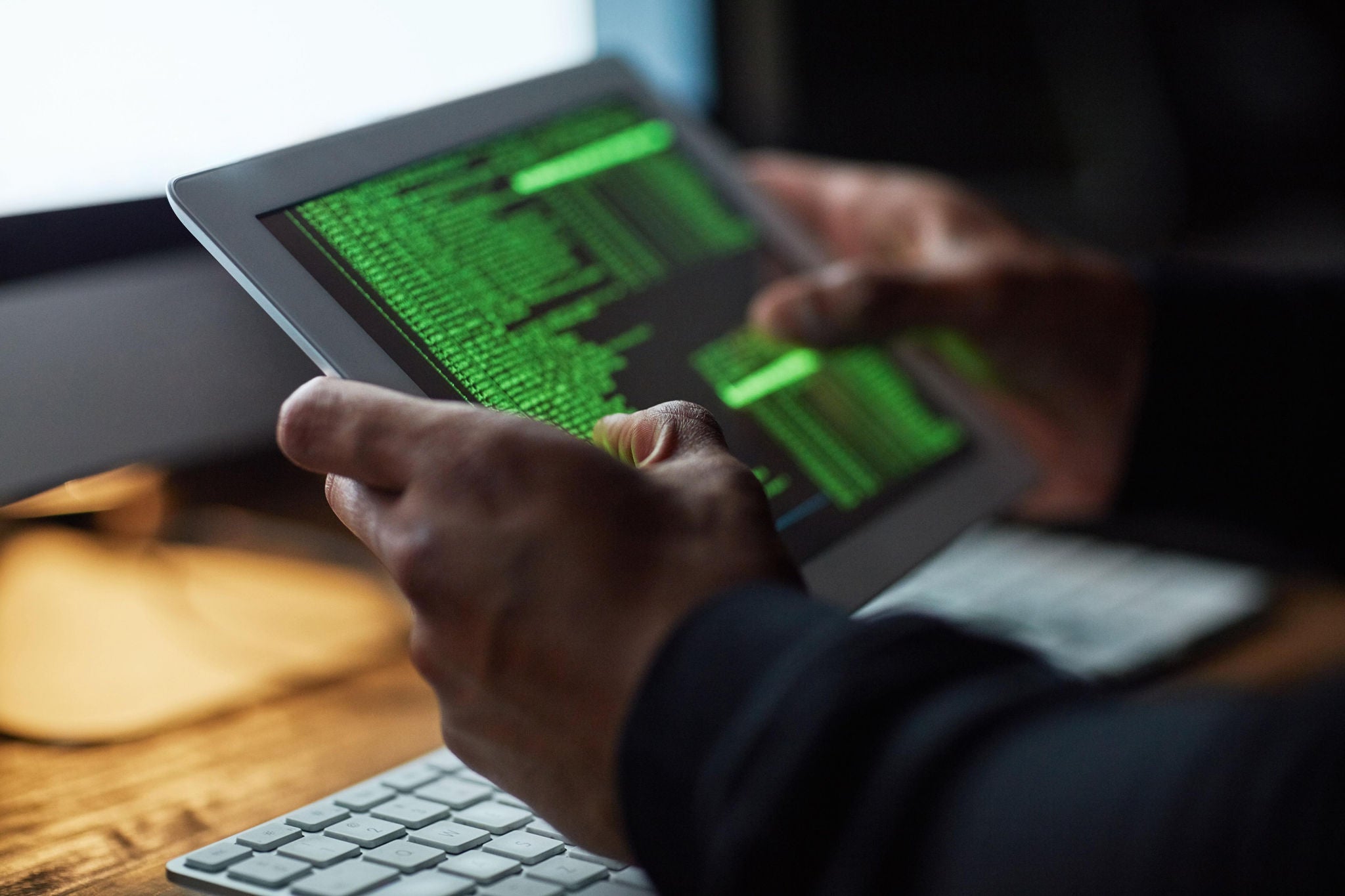EY refers to the global organization, and may refer to one or more, of the member firms of Ernst & Young Global Limited, each of which is a separate legal entity. Ernst & Young Global Limited, a UK company limited by guarantee, does not provide services to clients.
How EY can Help
-
Discover how EY's Cybersecurity Transformation solution can help your organization design, deliver, and maintain cybersecurity programs.
Read more
For decades, the world has benefited from the interconnectedness of a globally shared internet infrastructure, which has facilitated cross-border communication, innovation and growth. This interconnectedness also enables tighter collaboration on cyber threat intelligence and quicker response to cyber attacks. Cybersecurity measures are harmonized through international frameworks, regulatory alignment and industry best practices, reducing vulnerabilities that cybercriminals can exploit. However, as nations reassess their technology alignment and dependencies, it is likely that new cybersecurity challenges would emerge.





